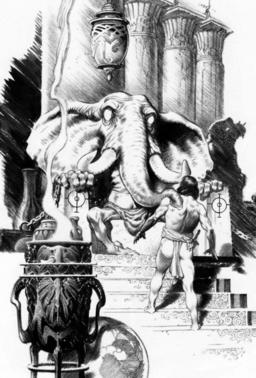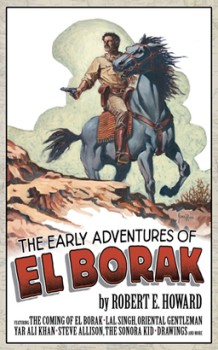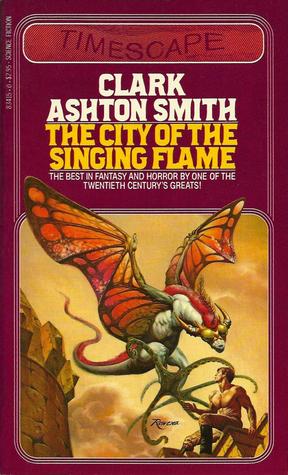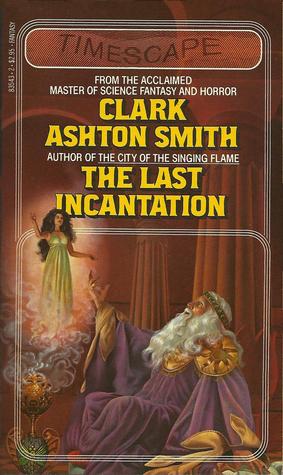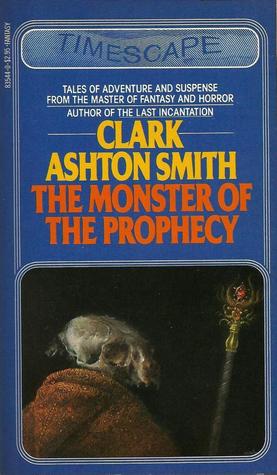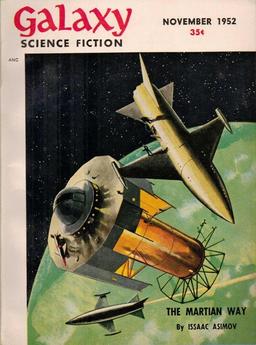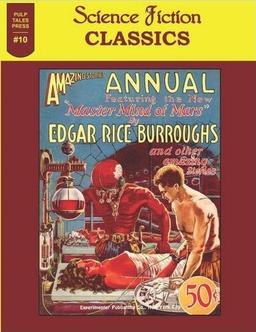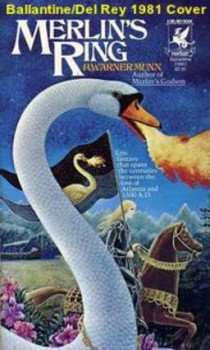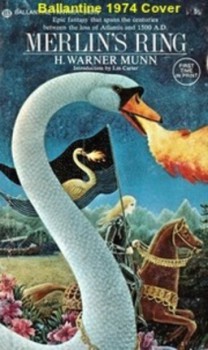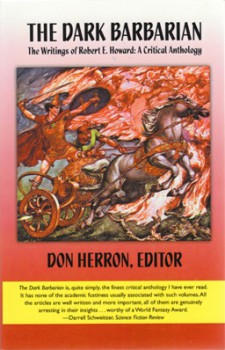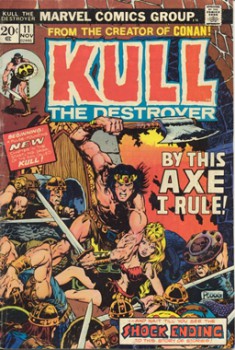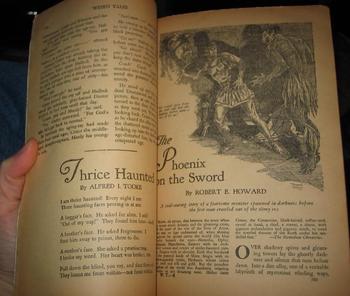Little Green Men, Couriers of Chaos, and Miners on Uranus: Things, edited by Ivan Howard
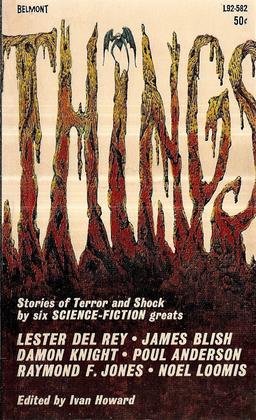 Things
Things
Edited by Ivan Howard
Belmont (157 pages, $0.50, February 1964)
Belmont Books, publisher of this anthology, apparently thrived throughout the Sixties. Early on it looks like many of their books leaned toward horror, with SF being sprinkled into the mix more as time went on. Things presents itself more as horror (the subtitle is Stories of Terror and Shock by six SCIENCE-FICTION greats) but there’s not much horror content. It’s a short volume that collects six fairly uninspired novelettes and short stories first published in SF magazines in the early Fifties.
Thumbs Up
“The Gift of the Gods,” by Raymond F. Jones
An interesting take on aliens landing on Earth, as the whole affair is somewhat derailed by bureaucracy and pettiness. It could have been a lot shorter and it was a bit preachy in spots but not bad overall.
“Little Green Man,” by Noel Loomis
I like pulp as much as the next guy and maybe a bit more — although it’s best taken in moderate doses. This one’s pretty pulpy, with the LGM of the title beseeching a mining engineer from Earth to evacuate from his home planet of Uranus. Entertaining but not particularly exceptional.
